
Marketing Attribution Models: A guide to understanding sales’ main touchpoints
Who gets the credit?
There are many steps leading a prospect to become a customer, and as marketers, we thrive to know everything about how to turn that CTA button into an effective purchase. But how do you determine which channels and messages are decisive in the conversion process? Well, this is precisely what attribution models have the ambition to address. There is more than one attribution model out there and, as usual in the theoretical world, people fight to impose the perfect name for a concept when they’re actually all talking about the same phenomenon. The focus of this article is on attribution models in general but if you really want to be an expert on the field, you would also need to be familiar with attribution window, post view and post click attribution. Follow me here to get the big picture.
What is important to understand is that marketing attribution models aim to evaluate the main touchpoints a consumer encounters on their way to purchasing a product or service. Needless to say, it isn’t that easy to define what component of marketing brings the greatest contribution to a sale. With the multitude of channels available, a lead could discover your company through a Facebook ad, then visit your website several times before clicking on a display banner and eventually pressing that buying button. In short, let’s say attribution models are like soccer: channels play together as players on a field and they all share the credits when a goal is scored (even though some may think they have done it alone).
It is important to be aware of all of these models to better optimize and understand your campaigns. So, are you ready to jump in the heat of this marketing soccer game? Alright, let’s do it then.
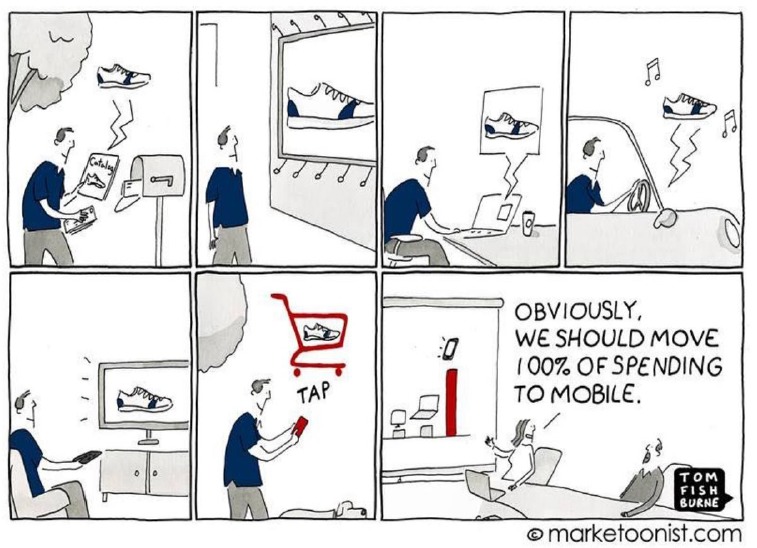
Last interaction attribution

Remember I told you there were several names to talk about the same thing? Well, that one is also referred to as “last-click” or “last-touch” attribution. This model gives all the credit to one player only, and the big winner is the last to have been in touch with your lead. Most platforms use it by default, such as Google Analytics for instance. Here, it doesn’t matter if your lead visited your website before clicking on a Linkedin ad and taking action. It is the simplest way to attribute conversion to a channel. However, it ignores key information by excluding potential steps in the process.
First interaction attribution
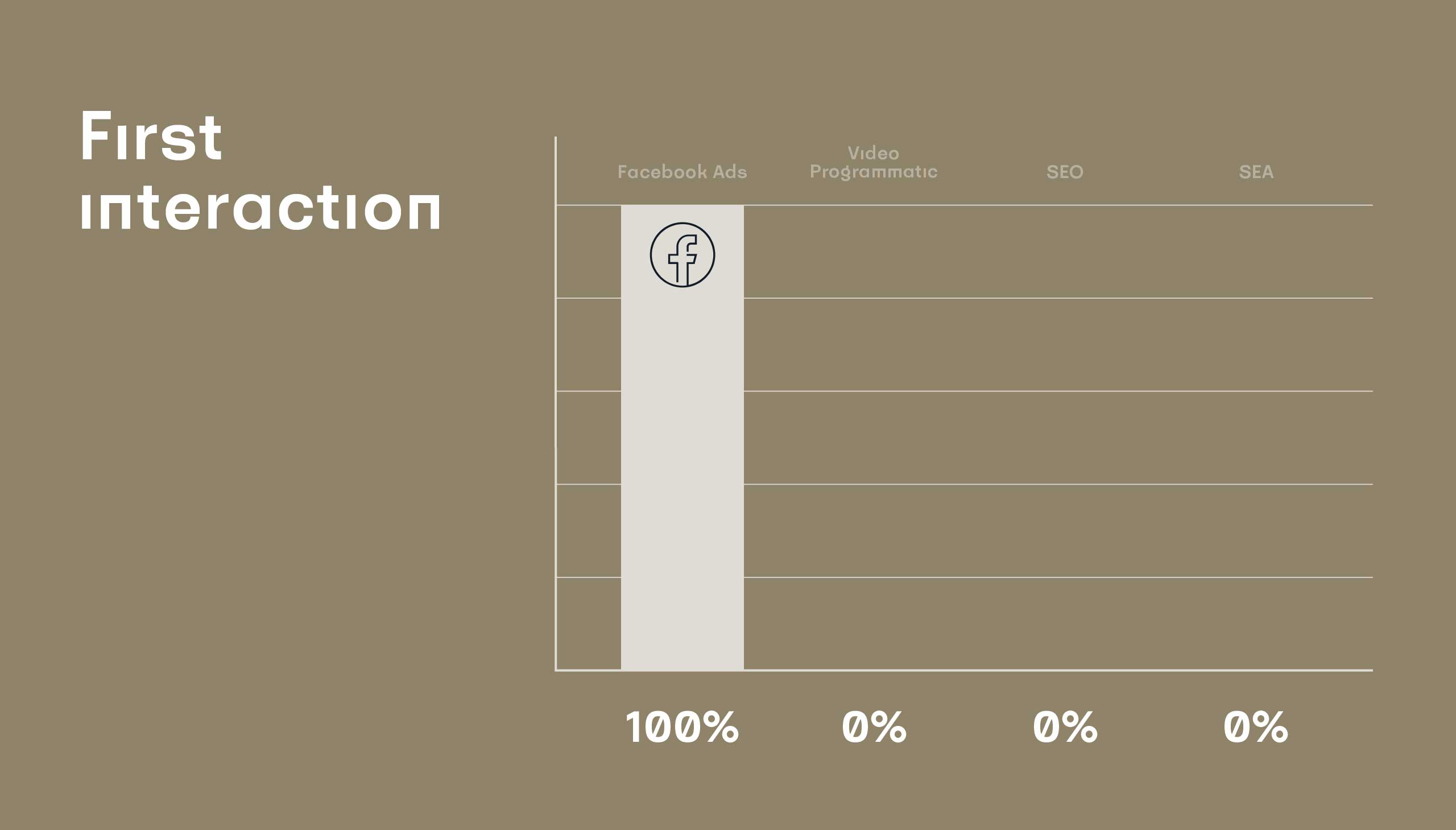
The first interaction model, called “First-Click” by some, also attributes the credit to an exclusive player. As its name points it, the first touchpoint is the one that gets all the applause. This model can be helpful if the buying cycle is rather short and holds the same critics as the last interaction model as it leaves aside other marketing stages.
Multi-Touch Attribution Models
These models take into account all pertinent touchpoints interacting with the lead during their buying journey. Therefore, they’re usually considered more accurate and differ among themselves according to how they split credit between all touchpoints.
Linear attribution

The linear attribution model puts every channel in evidence when a consumer is led to a purchase. Each of the interactions is equally weighed and attributes the same amount of credit to all messages leading to conversion. The downside of this method is that it gives equal importance to everything even though some strategies are more efficient than others.
Position-based models
The position-based model separates attribution and scores some engagements higher than others. This one comes in different shapes according to what touchpoints are stressed and when.
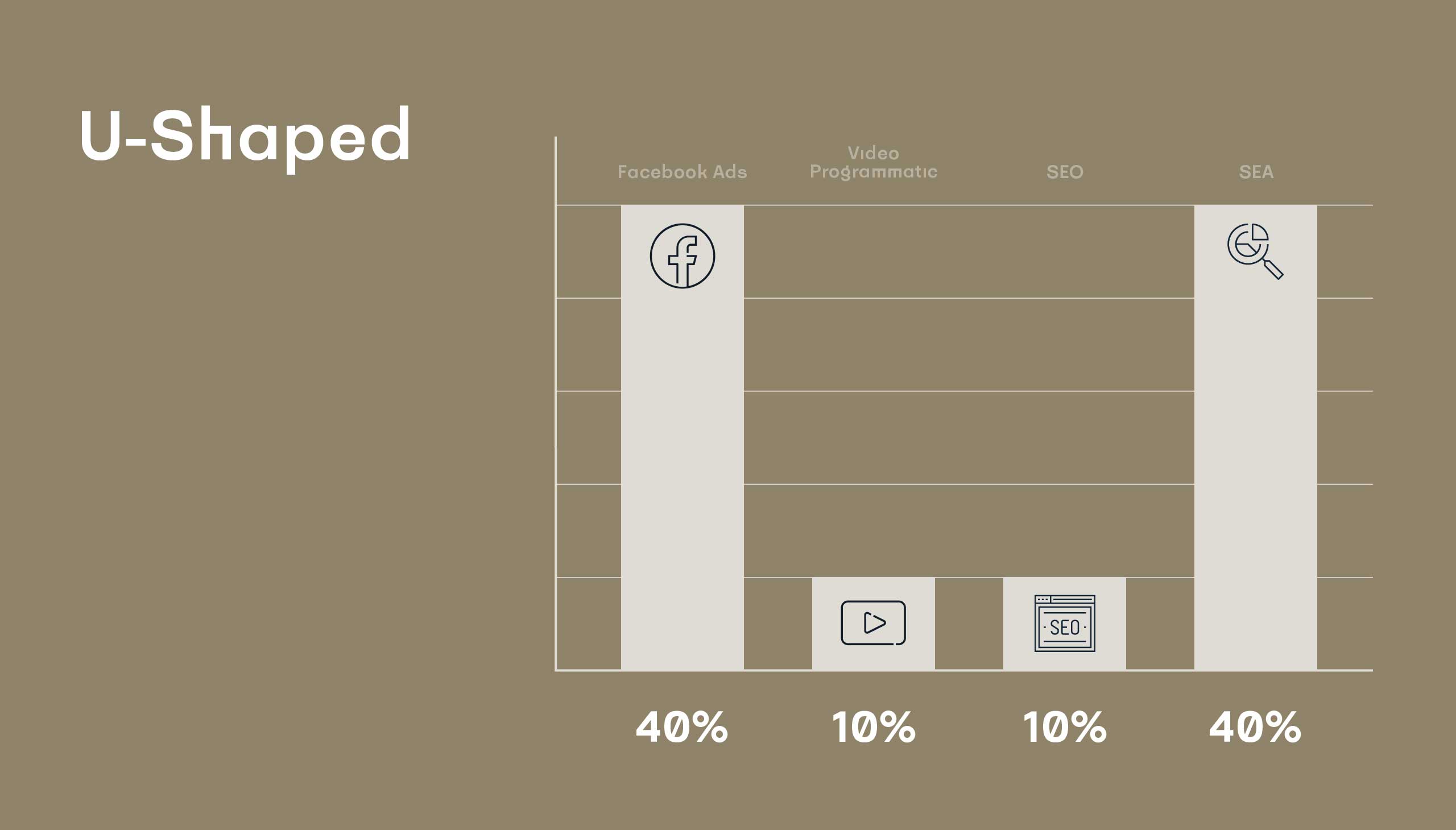
The U-shaped model gives more importance to the first and the last point of interaction to which it attributes 40% of the credit. In between, each step is credited 10% of the responsibility for the lead. This model is great when conversion is the result of multiple touchpoints.
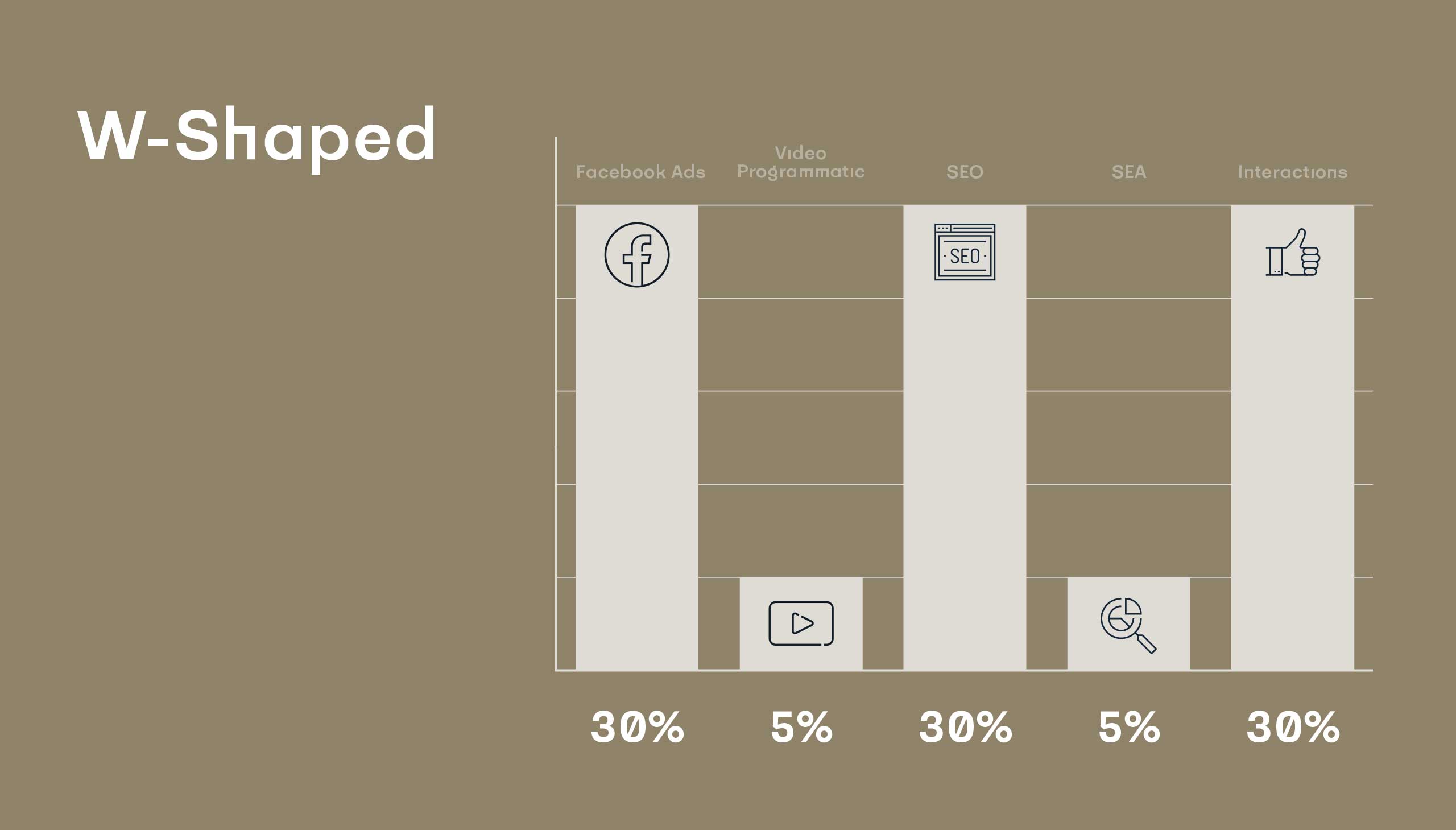
The W-shaped model has the advantage of including one more stage to the process: opportunity. First-touch, lead conversion and opportunity all get 30% of attribution and the rest is shared between the additional engagements.

The time decay attribution model weighs touchpoints according to their conversion proximity, which means the closest the touchpoint to the sale, the more credit it will get. Compared to the linear model, this one considers the timeframe and each touchpoint’s position within. Time decay has its pros when it comes to business industries with particularly long sales cycles, such as expensive B2B purchases.
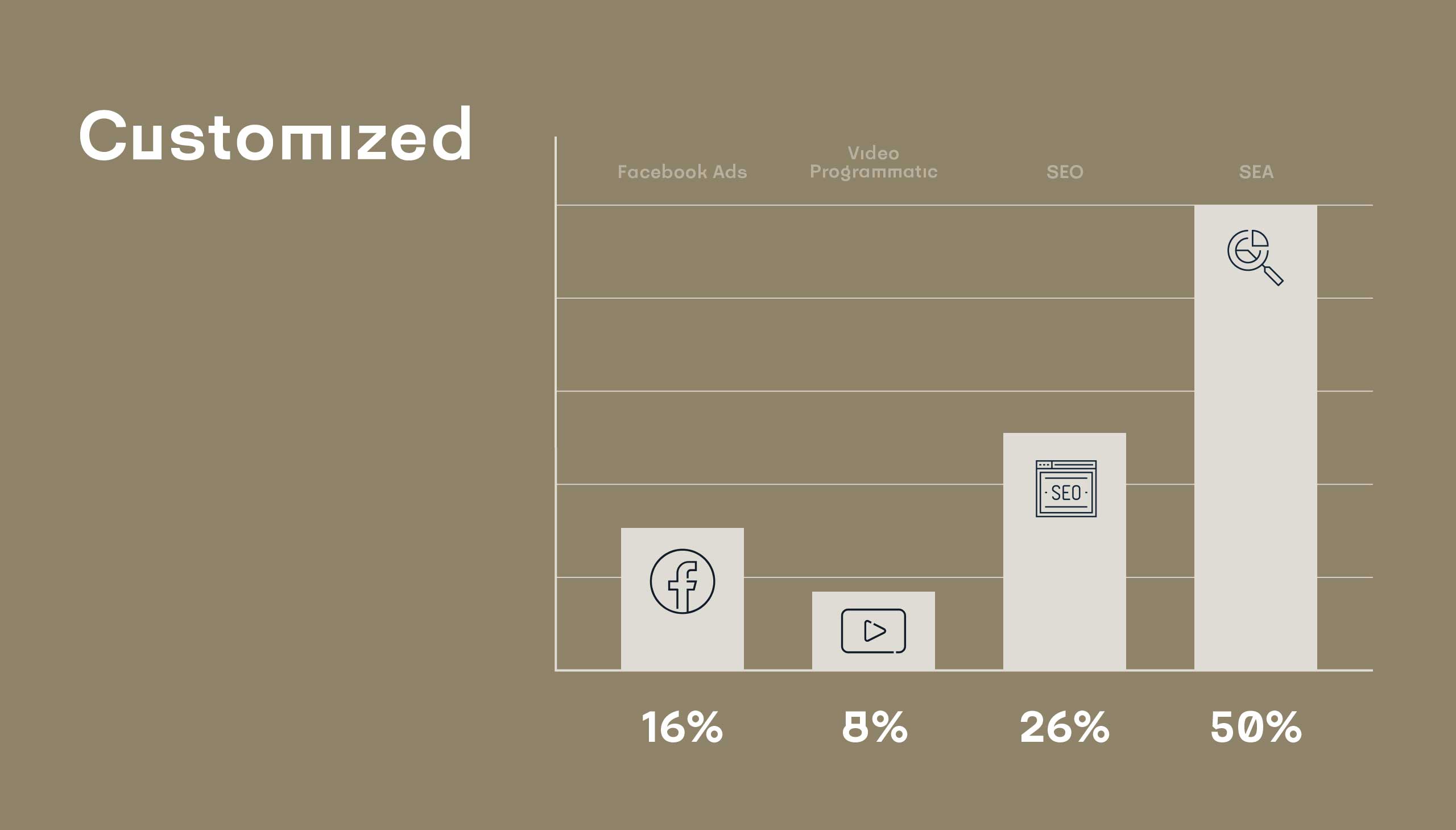
And last but not least, the customized attribution model, which allows you to choose how you would like to evaluate each engagement’s importance. You are free to allocate more weight to whatever touchpoint you think deserves it most according to your sales funnel and personalized marketing strategy. This model is all about nuances, but be careful here. Remember you cannot optimize what you don’t measure, therefore you’ll need a lot of data to implement it efficiently. If you have what it takes, it is all yours.
So, how do you picture your marketing channels on a soccer field? Are they playing solo or sharing the credits throughout the game? At Enigma, we can help you answer that question and put in place the right strategy to meet your needs and objectives.
If you’re interested in getting more strategic insights for your business, check out our Marketing as a Service packages 😉